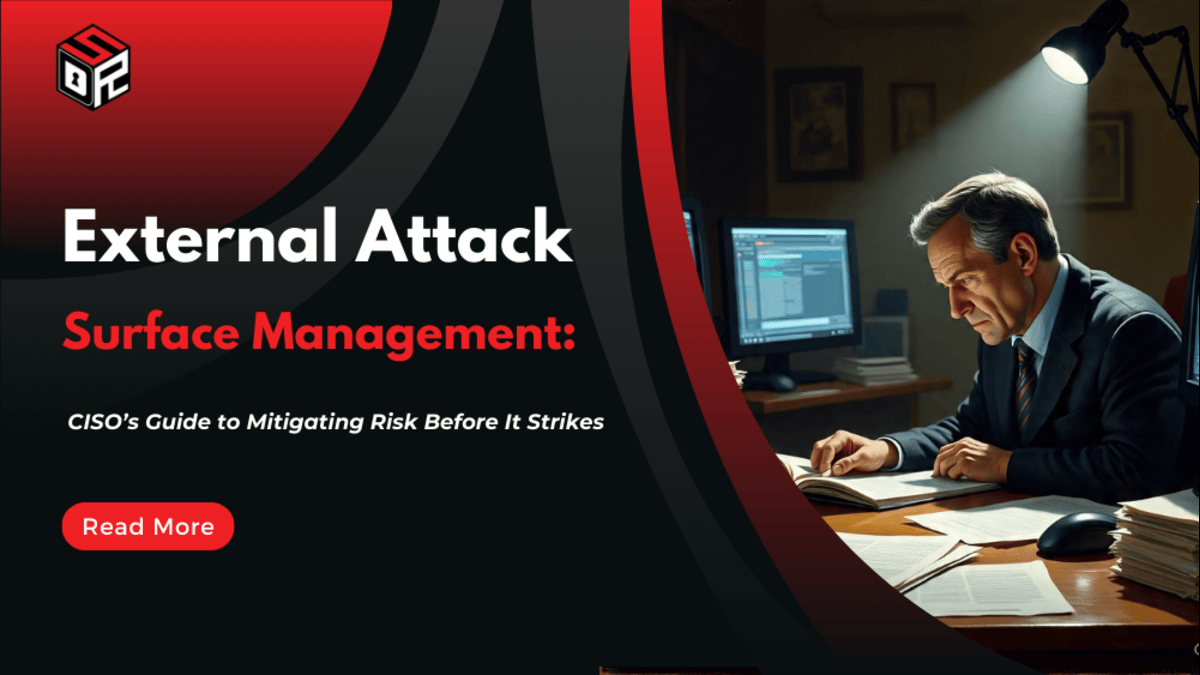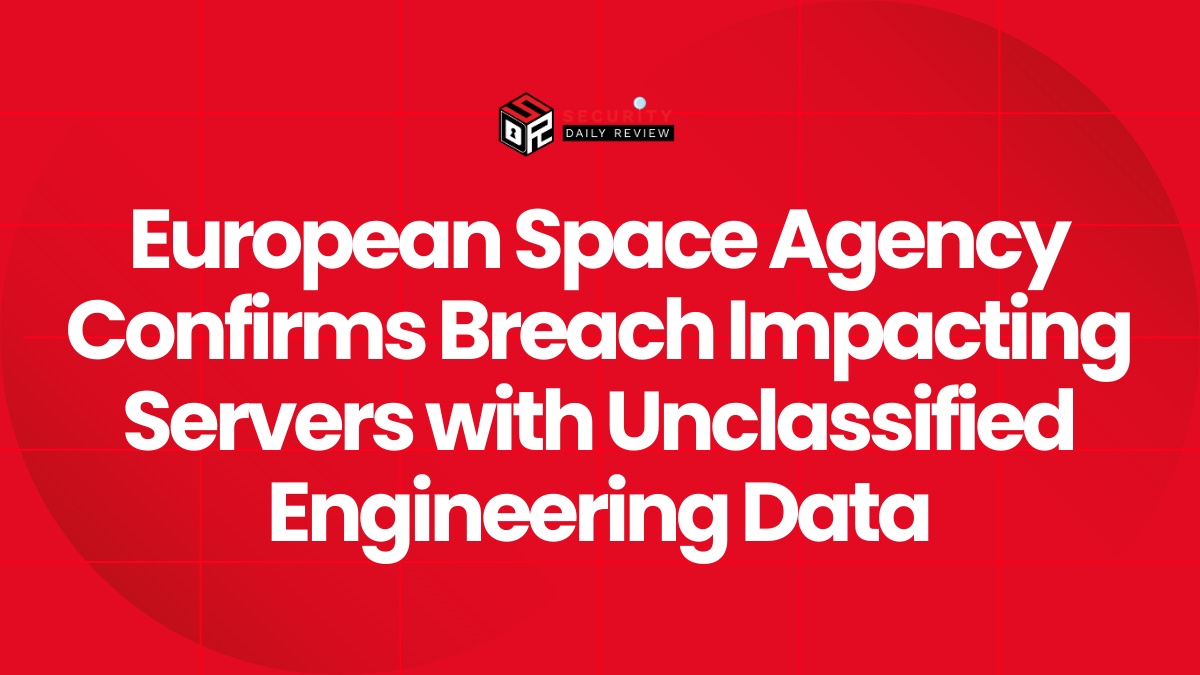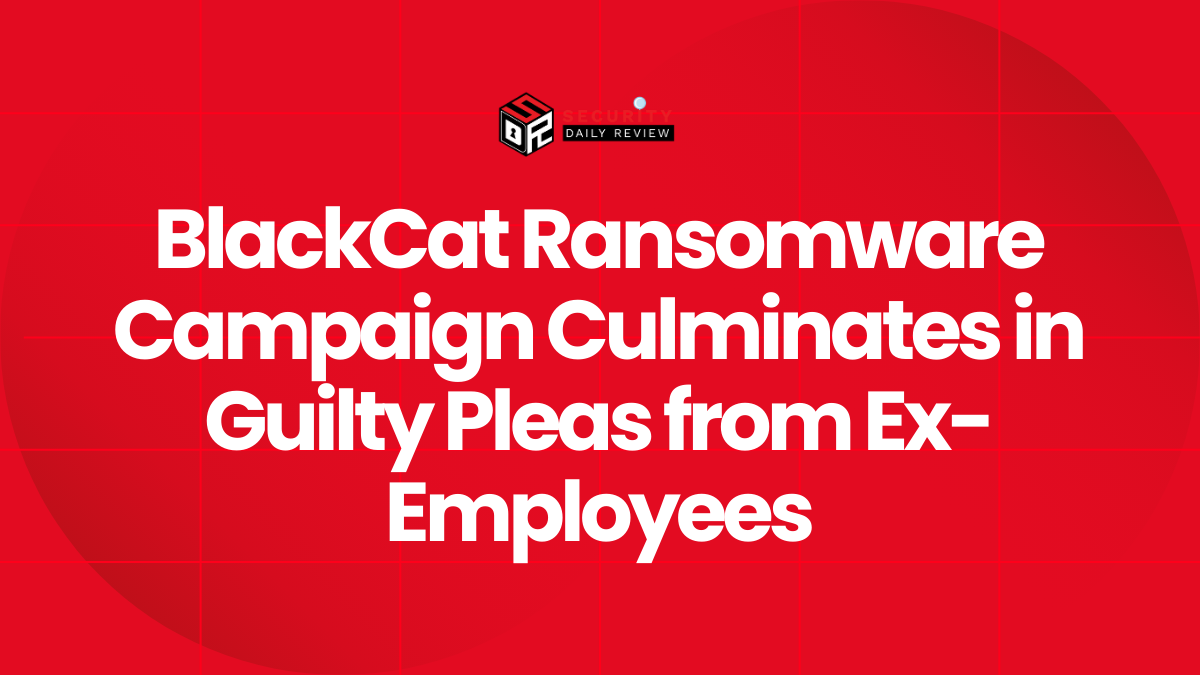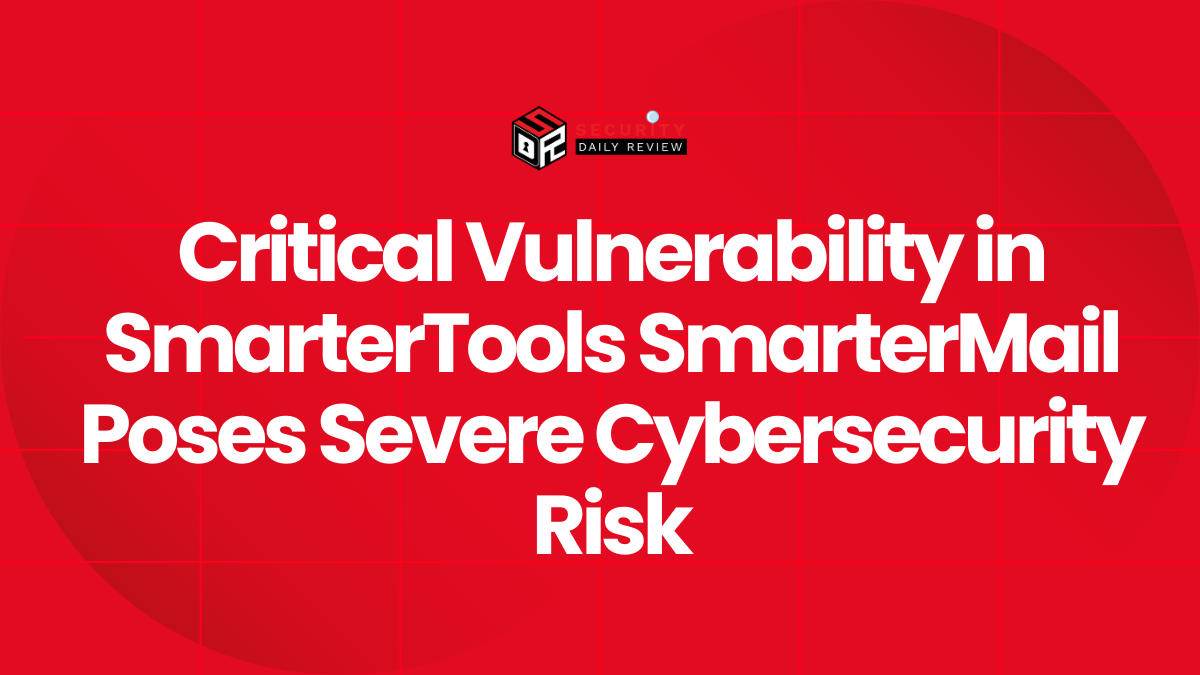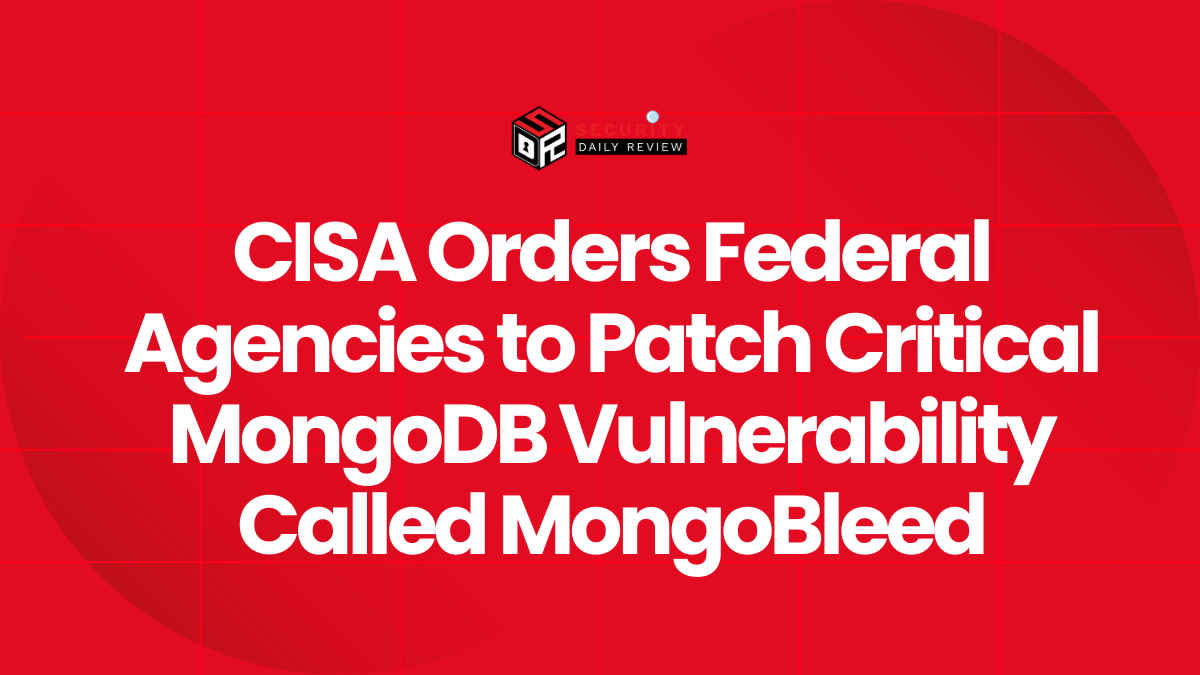Every day, organizations unlock new digital services—websites, APIs, cloud environments—until unmonitored subdomains, forgotten buckets, or exposed APIs become a ticking time bomb. That’s where external attack surface management steps in. It transforms your security posture from reactive to proactive, giving visibility into every internet-facing asset—even those you didn’t know existed.
Think about it this way: if you’re tracking what your adversaries see, you can neutralize threats before they materialize. EASM gives security teams a live view of their externally accessible infrastructure, allowing them to close security gaps before attackers do. Over the next few thousand words, we’ll define EASM, explore how it works, dig into how it reduces cyber risk, and walk through implementation best practices—all in a tone CISOs, IT leaders, and tech-savvy readers can connect with.
What Is External Attack Surface Management and Why It Matters
External attack surface management (EASM) refers to the continuous discovery, monitoring, and assessment of all internet-facing digital assets that an attacker might see—domains, subdomains, IP addresses, APIs, cloud services, IoT nodes, SaaS tools, and forgotten or shadow IT (Palo Alto Networks, SentinelOne).
Unlike traditional vulnerability management, which presumes known assets behind the firewall, EASM flips the script by identifying what the outside world can see—even assets the company has forgotten about (Balbix, Splunk).
EASM works by combining:
- Automated discovery through active scans, DNS logs, certificate transparency, and OSINT,
- Continuous monitoring to flag new or drifting exposures, and
- Risk prioritization based on exploitability, business relevance, and threat context.
This creates a dynamic, up-to-date map of your attack surface—an external blueprint of what an attacker might exploit first (www.firemon.com, Splunk).
EASM is indispensable because most organizations underestimate how many exposed assets they unintentionally run—from misconfigured storage buckets to expired test servers. CISOs who don’t track these risks are essentially blind. In contrast, EASM helps organizations identify and shrink their attack surface by spotting hidden vulnerabilities before they’re weaponized.
Key Ways EASM Reduces Cyber Risk
1. Full Visibility into Exposures
Most teams think they know what assets they expose—then a forgotten API or decommissioned app shows up in a DNS scan. EASM delivers:
- A comprehensive asset inventory, including shadow IT and forgotten services,
- Live topology maps revealing how exposed assets connect to your infrastructure.
With this visibility, security teams can eliminate unintended entry points and ensure consistent controls across all exposed assets.
2. Proactive Risk Reduction
Traditional models say: patch, scan, wait for alerts. EASM flips that by enabling proactive defense:
- Quickly identify misconfigurations (e.g., public databases, unsecured ports, expired TLS).
- Overlay threat intel to see if attackers are targeting assets in your tech stack or industry.
This dramatically shrinks the window of exposure.
3. Contextualized Risk Prioritization
Not every exposed service deserves emergency action. EASM platforms help you rank risks based on:
- Asset criticality (e.g., a live e-commerce site vs. a demo server),
- Exploitability (does the exposure align with a known, weaponized CVE?),
- Threat environment (are attackers scanning or targeting your sector right now?).
This helps teams focus on what’s truly dangerous.
4. Enhanced Collaboration Between Teams
EASM tools break down silos:
- Developers and DevOps see what subdomains or buckets they’ve spun up and exposed.
- Automated ticketing ties exposures into ITSM systems for swift remediation.
- Executive dashboards show how exposure—and remediation—affect business risk over time.
EASM isn’t just a tool—it’s a catalyst for security culture.
How Does EASM Work?
At its core, EASM operates through three pillars:
- Asset Discovery & Inventory
- Uses global scans, passive DNS, cert logs, and OSINT to uncover exposed services and shadow IT (IONIX, Palo Alto Networks).
- Continuous Monitoring & Alerting
- Alerts teams when new public assets appear—whether subdomains, cloud workloads, or exposed infrastructure. Modern environments are fluid, and EASM tracks drift proactively.
- Enrichment & Risk Scoring
- Applies business context, vulnerability metadata, and threat intelligence to highlight assets that warrant immediate attention.
Implementation essentials include:
- Defining scope—should you include all geographies, all third-party systems, or just core business domains?
- Choosing integrations—sync EASM data into SIEM, SOAR, and CMDB for richer insights.
- Automating remediation—using APIs to quarantine risky assets or deploy fixes via IaC pipelines.
Taken together, these steps make EASM a dynamic defense mechanism—monitor, detect, assess, act.
Implementing EASM Effectively
Define Clear Scope and Objectives
- Identify which business units, infrastructure, or cloud regions EASM should cover.
- Set tangible targets: e.g., “Reduce internet-facing shadow IT by 90% in 90 days” or “Eliminate open RDP/SFTP ports.”
Integrate with Security Stack
- Feed EASM outputs into SIEMs, SOARs, and vulnerability tools.
- Reconcile EASM discoveries with your CMDB to catch unmanaged assets.
Automate Remediation Workflows
- Use APIs and IaC scripts to lock down misconfigurations automatically.
- Route high-severity findings to on-call engineers through Slack, Teams, or PagerDuty.
Establish Continuous Improvement
- Conduct post-mortems on each exposure: root cause analysis, process lessons, and refinement.
- Update playbooks to reflect recurring misconfigurations (e.g., expired certs, misassigned storage).
Train and Enforce
- Offer developers and cloud teams short workshops on secure provisioning.
- Embed security gates into CI/CD pipelines that prevent accidental exposure before deployment.
CISO’s Checklist:
| Action | Description |
|---|---|
| Deploy EASM Platform | Choose a tool like Palo Alto, SentinelOne, or FireMon for continuous asset visibility. |
| Monitor All Asset Types | Cover domains, subdomains, cloud services, APIs, etc. |
| Correlate with Threat Intel | Prioritize based on exploitability and emerging attacker activity. |
| Automate Remediation | Trigger fixes or quarantines via code or tickets. |
| Upskill Teams | Train developers and architects on secure deployments. |
| Integrate Tools | Feed into SIEM, CMDB, and SOAR for unified visibility. |
| Review Regularly | Refine scope, playbooks, and remediation efficacy over time. |
6. Conclusion
External attack surface management transforms enterprise security from fire-fighting to foresight. By continuously mapping what attackers see, prioritizing risks intelligently, and remediating fast, organizations shrink their attack surface and build resilience.
In today’s dynamic cloud and hybrid world, exposure changes daily. EASM empowers CISOs to recognize that digital sprawl isn’t just a dashboard—it’s a liability. With EASM, your security posture becomes proactive, contextual, and—most importantly—aligned with how attackers think.
The enterprises that stay one step ahead are the ones that treat their external attack surface not as a mystery, but as a managed asset.
Let me know if you’d like to refine sections, add a video, or integrate a real-world case to illustrate EASM success!

